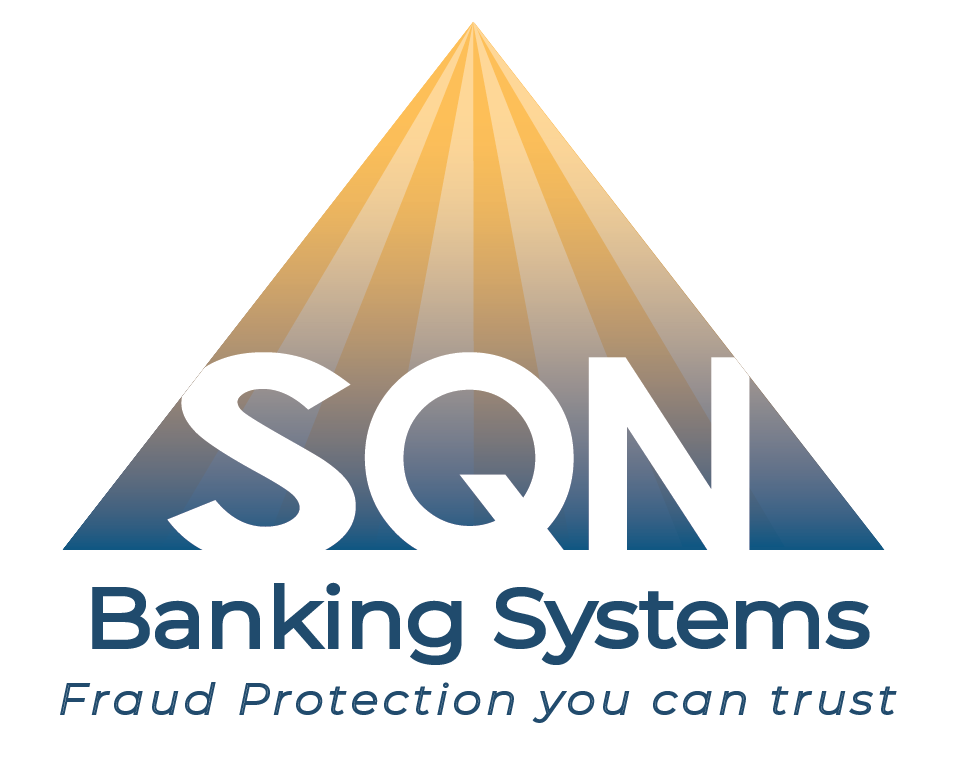How to Prevent POS Fraud

Card-present fraud accounts for nearly $3 billion in losses every year. This number is declining as fraudsters have been shifting their focus to card-not-present fraud, but the percentage of fraudulent transactions compared to total transactions is increasing on in-person credit card transactions and staying about the same on in-person debit card transactions.
Liability for card-present transactions varies, but your financial institution is likely to be liable for this type of fraud. There are a few strategies that can help minimize the risk.
How Merchants Can Minimize Card-Present Fraud
Merchants are often the first line of defense in the fight against card-present fraud, and they can minimize the risk with the following steps:
- Regularly check the card reader for skimmers or other physical additions that read card data and PINs and transmit them to thieves.
- Only use card readers with up-to-date security features such as account verification systems, CVV2/CVC2, duplicate card checking, last four digit entry, and password protection of key functions.
- Physically secure the card reader with a secure stand or a tether to prevent theft and replacement.
- Set up security cameras to capture activity near card readers, and keep an eye out for planted recording devices designed to record cardholder’s numbers and PINs.
- Train staff on these procedures and how to spot alterations of card readers.
How Account Holders Can Minimize POS Fraud
Account holders are often the weak link in the chain when it comes to fraud, and if you want to minimize the risk of chargebacks, you should take time to remind your customers about how to reduce their risk of becoming the victim of fraud. Educate customers about the importance of keeping their cards secure and reporting lost cards as soon as possible.
Based on the Electronic Funds Transfer Act, customer liability ranges from $50 to $500 for losses incurred before the card is reported lost or stolen. As a result, if your customer doesn’t report the card lost or stolen right away, they may only be liable for a fraction of the fraudulent charges, and your financial institution may be stuck with the rest.
How Financial Institutions Can Reduce Costs from Card-Present Fraud
To reduce your losses as much as possible, keep these strategies in mind.
1. Shut down lost cards instantly.
When your customers report a lost card, shut down the card instantly. Even a small delay in this process can make your financial institution liable for losses. In most cases, the liability shifts to your financial institution as soon as the customer reports the card as lost or stolen, so you need to ensure that it is instantly unusable.
2. Fraud-proof your payment processing services
If you are one of the rare banks that offers payment processing services, make sure that you fraud-proof your offerings as much as possible. Provide merchants with the most up-to-date equipment, and educate them about how to minimize the risk of fraud on their end.
3. Only accept liability when you’re truly liable
Also, make sure that you understand your liability. If a merchant is using an old card reader that does not process chip technology, they may be liable for the fraudulent transaction, rather than you.
When you receive a chargeback request from a merchant who is not using up-to-date technology, you need to contest the request and let them know that they are responsible for the losses.
4. Reduce your overall fraud prevention costs
Unfortunately, in a lot of cases, you may not be able to stop card fraud at the point-of-sale, but you can take steps to reduce your overall costs. As a bank, your costs are certainly not limited to the cost of the transaction, and they may include costs such as operating your fraud department, paying customer service reps to field fraud-related questions and concerns from customers, and replacing compromised cards.
The right anti-fraud solutions can help you automate tasks and reduce some of these costs.
5. Invest in fraud detection and prevention solutions
Outdated anti-fraud software uses very simplistic rule-based models to detect the potential threat of fraud. For instance, these solutions may flag a card-present transaction as potentially fraudulent if it occurs in another country or is over a set threshold, but if someone in the cardholder’s own area steals the card and uses it for smaller purchases, those fraudulent transactions may go undetected.
If you want to spot card-present fraud more effectively, you need software that leverages multiple data points (rather than a few rules) and uses machine-learning to get to know the card holder’s habits. These systems are much more likely to detect card fraud both with in-person and card-not-present transactions.
At SQN Banking Systems, we provide financial institutions with anti-fraud solutions that use real-time analysis and machine learning to detect and prevent fraud. Our solutions decrease the burden on your fraud team, while increasing your ability to detect card-present and other types of fraud. To learn more, contact us directly.
